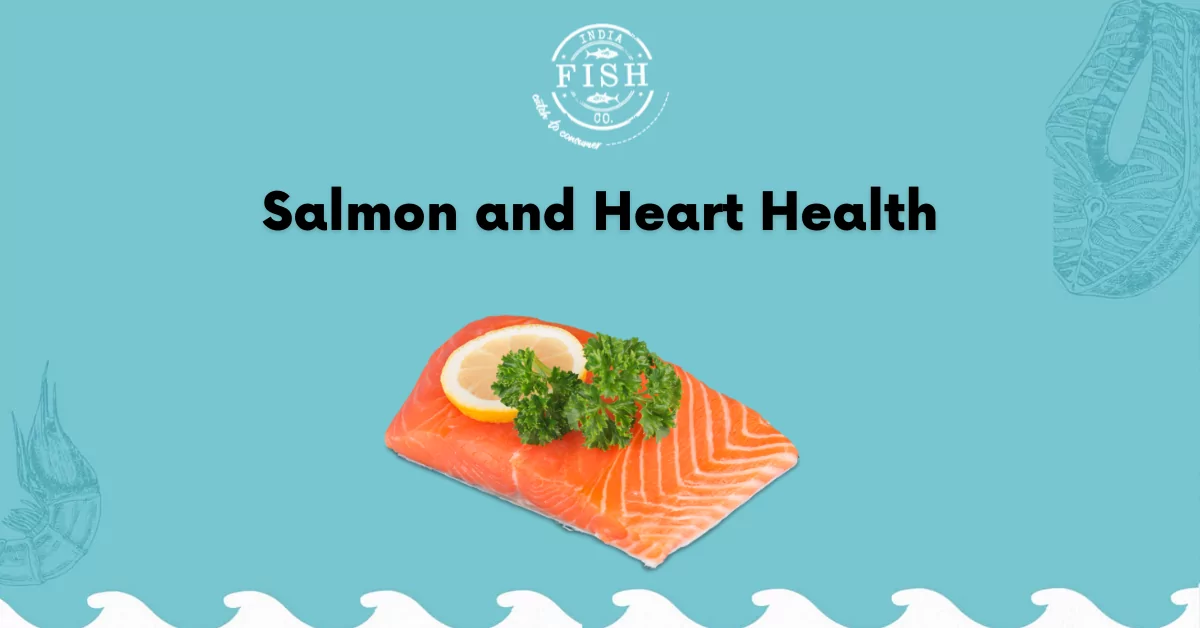Salmon is a widespread fish food. Classified as an oily fish, salmon is known to be healthy due to the fish’s high protein, high omega-3 fatty acids, and high content of vitamin D. Salmon is also a good source of cholesterol, with a range of 23–214 mg/100 g depending on the species. Rendering to the reports in the Science of journal, farmed salmon may contain high levels of dioxins. PCB (polychlorinated biphenyl) levels may be up to eight times more in farmed salmon than in wild salmon. The benefits of eating even farmed salmon still balance any risks imposed by chemicals. Farmed salmon contains high omega-3 fatty acids comparable to wild salmon. The type of existing omega-3 may not be a factor for other important health functions.
We at India Fish Company import salmon directly from Norway. The flavor of Atlantic salmon is slighter than that of the wild salmon species. The meat is moderately firm and oily, though it is not as fatty as that of the wild salmon, chinook, or king.
Salmon flesh is generally orange to red. The flesh colour varies, depending on the amount of pigment in the feedstuff, but generally, Atlantics’ meat is a rich orange or pinkish-orange colour. The fatty meat looks almost marbled when raw. Atlantic salmon holds its colour when cooked and has a large, moist flake. Fillets of Atlantic salmon are attractive to the eye and should be consumed with recipes that show off the fish. With the Atlantic salmon’s delicate flavor, avoid accompanying flavors that overpower the fish. A little dill-and-yogurt or cucumber-dill sauce acts as well, and sliced cucumbers and new potatoes are ideal companions.
Health Benefits:
Salmon is very low in saturated fat and is having good amount of protein. It contains lots of important vitamins and minerals such as vitamin B, phosphorus, zinc, potassium, selenium etc.
These nutrients play a vital role in the functioning of your body, such as keeping blood and nerve cells healthy and even making DNA. Almost the omega-3 fatty acids present in salmon are “essential” fatty acids, which means that your body cannot make them, so you need to get them through your diet only.
Eating salmon provides numerous health benefits, including:
Promoting Heart Health
Because of its combination of omega-3 fatty acids and potassium, salmon is great for your heart for numerous variety of reasons. Consuming salmon is known to:
- Reduce artery inflammation
- Lower cholesterol levels
- Maintain blood pressure
- Prevent excess fluid retention
- Reduction in heart attacks, strokes, high blood pressure, arrhythmia (abnormal heartbeat), and most important high triglycerides.
Growing and Maintaining Hair and Skin
The essential omega-3 fatty acids in salmon support your scalp health and give hair its shine. On another side, a deficiency of these nutrients may result in a dry scalp and dull hair. Omega-3 fatty acids also benefit in promoting the health of your skin.
Supporting Bone Health
Your bones trust in nutrients like vitamin D and calcium to stay healthy, and here we are serving salmon, which is an excellent source of both. Because your body can not make its own calcium, you require to get it from the foods you eat. You also prerequisite vitamin D in order to absorb it.
Nutrition
Although most of the states of the country have their own fish consumption advisories and recommendations for consumption level, still eating at least two servings of fish per week is usually considered as a part of a healthy diet.

Other Benefits of eating Salmon
Salmon is an excellent source of:
- Vitamin B12
- Vitamin B6
- Potassium
- Vitamin D
- Selenium
- Phosphorous
- Iodine
- Choline
- Pantothenic acid
- Biotin
- Omega-3 fatty acids
Nutrients per Serving
3 ounce serving of grilled/baked Wild Atlantic salmon comprises:
- Calories: 175
- Fat: 11 grams
- Carbohydrates: 0 grams
- Sugar: 0 grams
- Protein: 19 grams
- Fiber: 0 grams
- Vitamin A: 1% of your daily recommended value (DRV)
- Vitamin C: 5% DRV
- Calcium: 1% DRV
- Iron: 2% DRV
How to Prepare Salmon
Atlantic Salmon – Steaks with head & tail and Atlantic Salmon – Fillets are both available with us. It is also easy to consume as a standalone meal or included in other parts of a dish. There are three types of cuts of salmon:
- Fillets
- Steaks
- Sides
Fillets are the utmost common cut, as they can be used in altogether methods of cooking and make eliminating the bones easily. Steaks are crosscut sections that work better for grilling, pan-searing, or roasting. A salmon side is the largest cut and can be serve to a large group.
Whereas numerous people desire to remove the skin of salmon before they cook it, while others prefer to keep the skin intact. Pan-frying a salmon fillet can outcome in crispy skin and will provide you with added texture.
Order Salmon from us today itself and experience the health benefits for yourself!


